Apple just posted numbers that snapped heads on Wall Street, and the story behind them says more about Apple’s strategy than the headlines alone. Quarterly revenue hit $102.5 billion, an 8% year-over-year jump that set a September quarter record and an all-time annual revenue record of $416 billion, according to Apple's Q4 2025 earnings call transcript. What really popped, they topped expectations across several metrics, with earnings per share at $1.85 versus the $1.77 estimate, as reported by CNBC.
The takeaway is simple, Apple kept momentum while threading needles most companies snag on, supply constraints and geopolitics. Management highlighted broad-based sales expansion across developed and emerging markets, showing the ecosystem approach is working beyond traditional strongholds and carving advantages in new territories. That resilience sets them up well as supply loosens and AI capabilities mature.
iPhone momentum builds despite supply hurdles
The iPhone engine kept humming. It delivered $49.03 billion in the quarter, according to StockTwits. That was a hair under the slightly below some analyst estimates, as noted by CNBC, but the demand picture is the real headline.
Tim Cook did not dance around it. Supply constraints are holding back both iPhone 16 and iPhone 17 lines. He said the company is "constrained on several 17 models" and declined to predict when supply and demand will balance, according to the earnings call transcript. A high-quality problem, demand is running ahead of production, not falling short.
Early sales back that up. In the first 10 days of availability in the US and China, iPhone 17 series sales outpaced iPhone 16 by 14 percent, according to Counterpoint Research data cited by TastyLive. That kind of outperformance signals pricing power plus volume growth. Once manufacturing catches up, market share could follow.
Services business hits new heights with ecosystem strength
Services showed why the ecosystem pays off over time, it reached an all-time revenue high, as highlighted by Sherwood News. The segment pulled in $28.75 billion, topping the $28.17 billion estimate and posting strong double-digit growth, according to CNBC's earnings coverage.
Crucially, the strength was broad. Cook said most components in Services are accelerating, as reported during the earnings call, so this was not a one-category spike. It looks like customers are deepening their ties to the platform, which boosts lifetime value.
The base that supports all of this keeps getting bigger. Apple’s installed base of active devices hit an all-time high across every product category and region, according to CFO Kevan Parekh's comments reported by StockTwits. Combined with over one billion subscriptions now active, as noted in Apple’s official earnings report, Apple has a recurring revenue engine that both expands margins and cushions hardware cycles.
China challenges persist amid broader market strength
Greater China remains Apple’s trickiest stage. Revenue fell 4 percent year over year to $14.5 billion, as reported by CNBC. Apple ties the drop mostly to iPhone supply constraints rather than demand erosion, according to Sherwood News analysis, which frames it as execution timing, not a structural crack.
Elsewhere, the geographic picture stayed resilient. Apple reported year-over-year revenue growth in every region except Greater China, according to StockTwits. And it set a September quarter record for device upgraders, as highlighted by Sherwood News, a sign that replacement demand is healthy across markets.
Operationally, Apple is spreading its risk. It has expanded manufacturing in India and Vietnam to blunt China-related uncertainty, as noted in recent analysis. The result, more flexibility on where and how fast products get built, without losing access to key markets.
What this means for the Apple ecosystem going forward
Q4 showed a company executing the now while stacking chips for later. Management is guiding to a record December quarter, a tell on demand. CFO Parekh called for double-digit iPhone revenue growth that would be "our best iPhone quarter ever," according to StockTwits reporting. Translation, supply improvements could unlock a bigger acceleration.
AI is the next differentiator. Apple introduced private cloud compute servers from a new US facility to support AI features, as noted in the earnings call transcript. It positions Apple Intelligence as a privacy-forward approach, with a split between on-device and private cloud processing that fits Apple’s long-standing stance.
The market is taking notice. Apple recently reached a $4 trillion market value powered by robust iPhone 17 and iPhone Air demand, according to Times of India coverage. Investors are effectively betting that product cycles, ecosystem pull, and disciplined execution keep compounding.
Add it up, strong product demand, expanding Services, and targeted AI infrastructure. There are still supply knots and geopolitical headwinds, sure. But these Q4 results show Apple keeping its edge on innovation and execution, and the loyalty that comes with it. Privacy-centric AI, broader manufacturing footprints, and deeper ecosystem hooks give Apple a clear shot at the next wave of adoption while holding its premium perch.







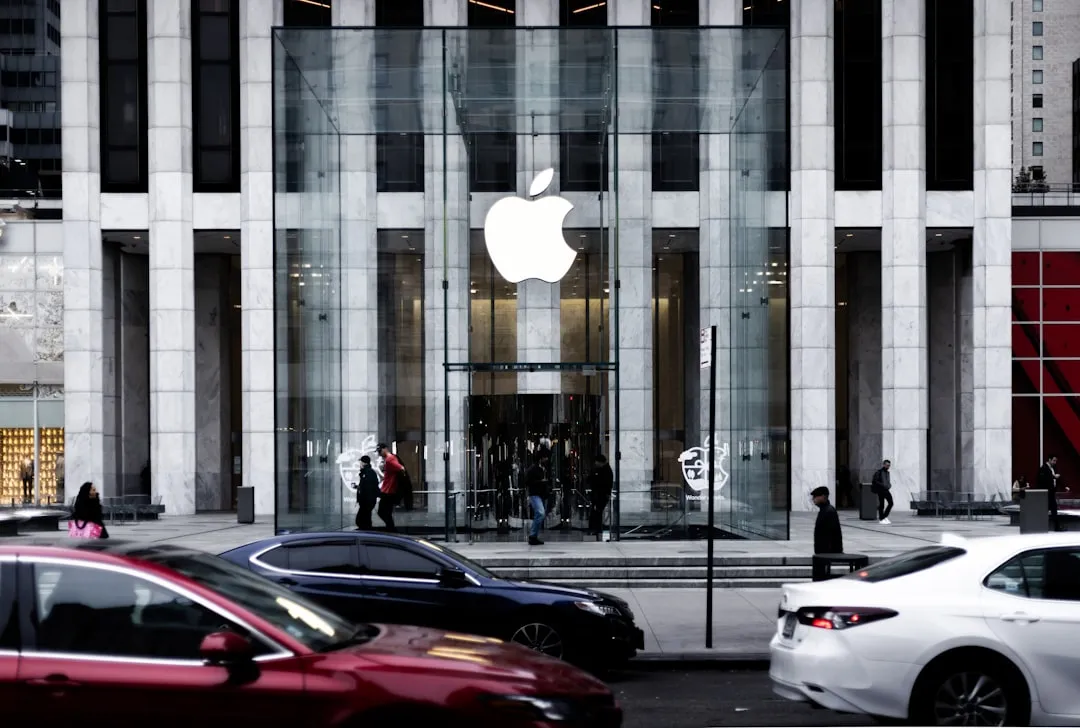

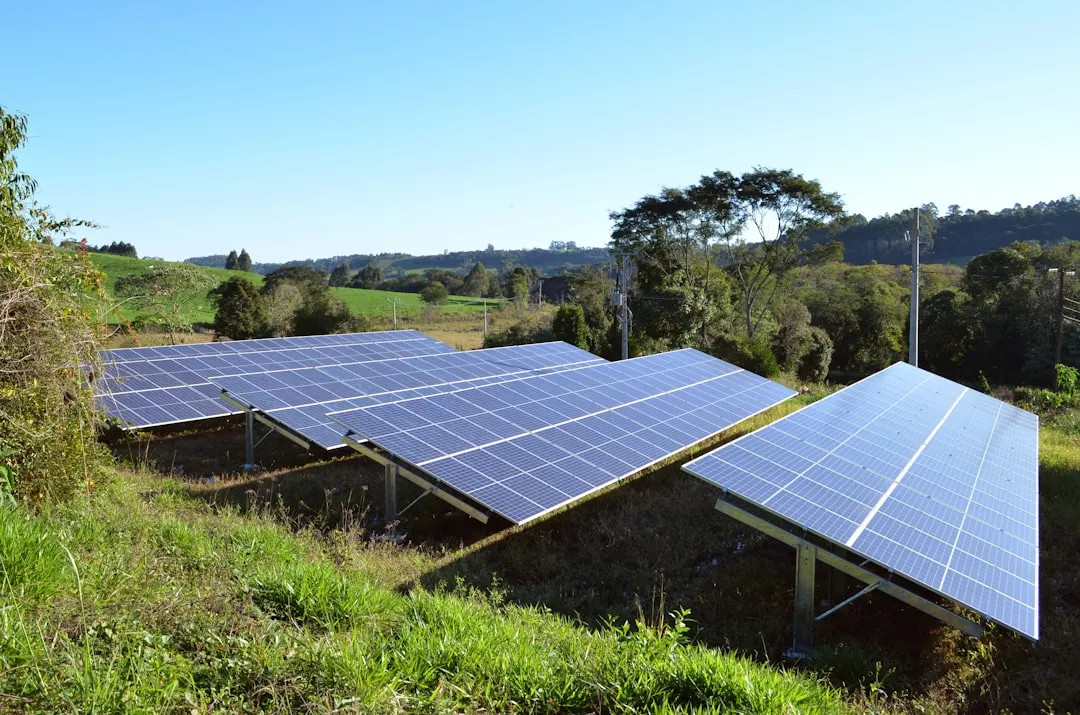


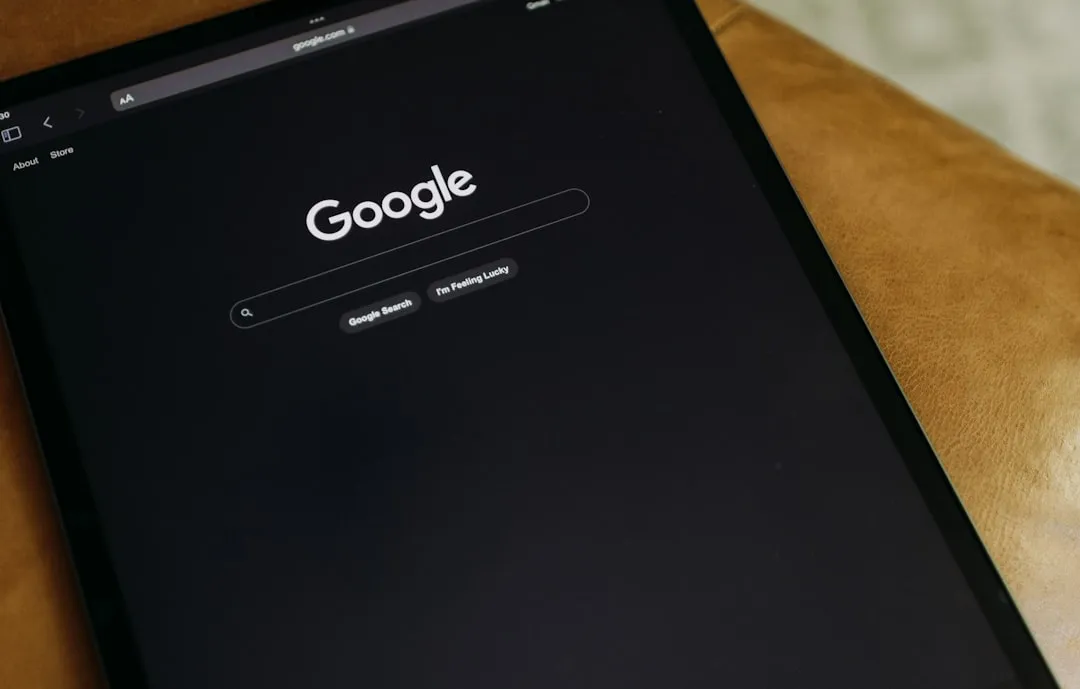
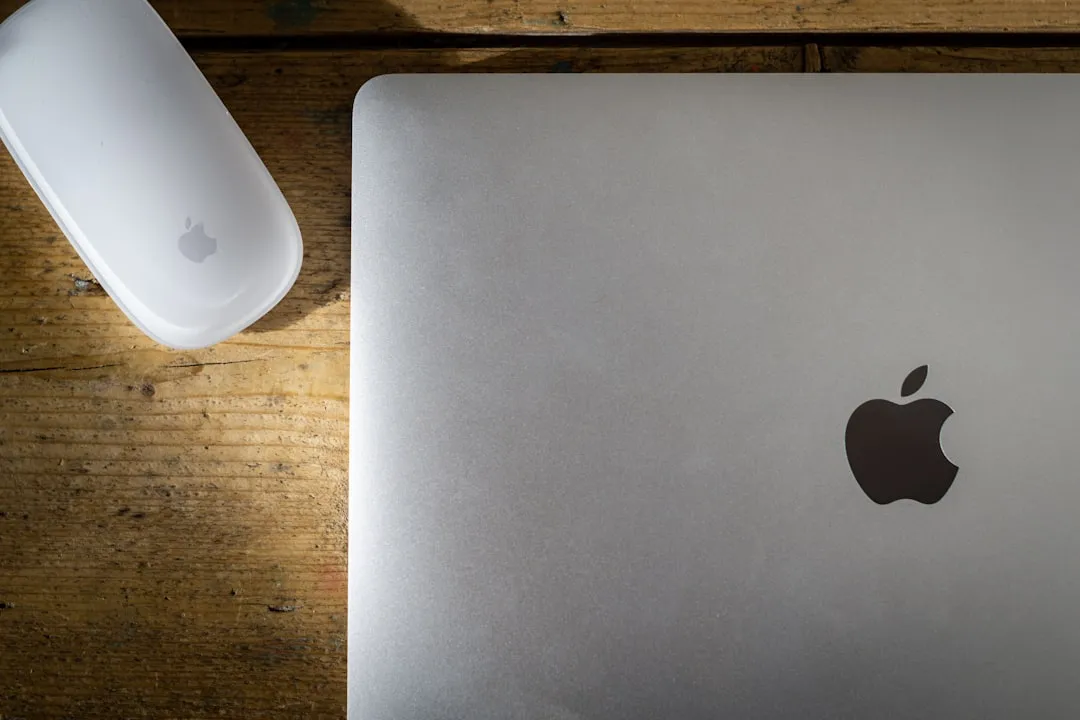

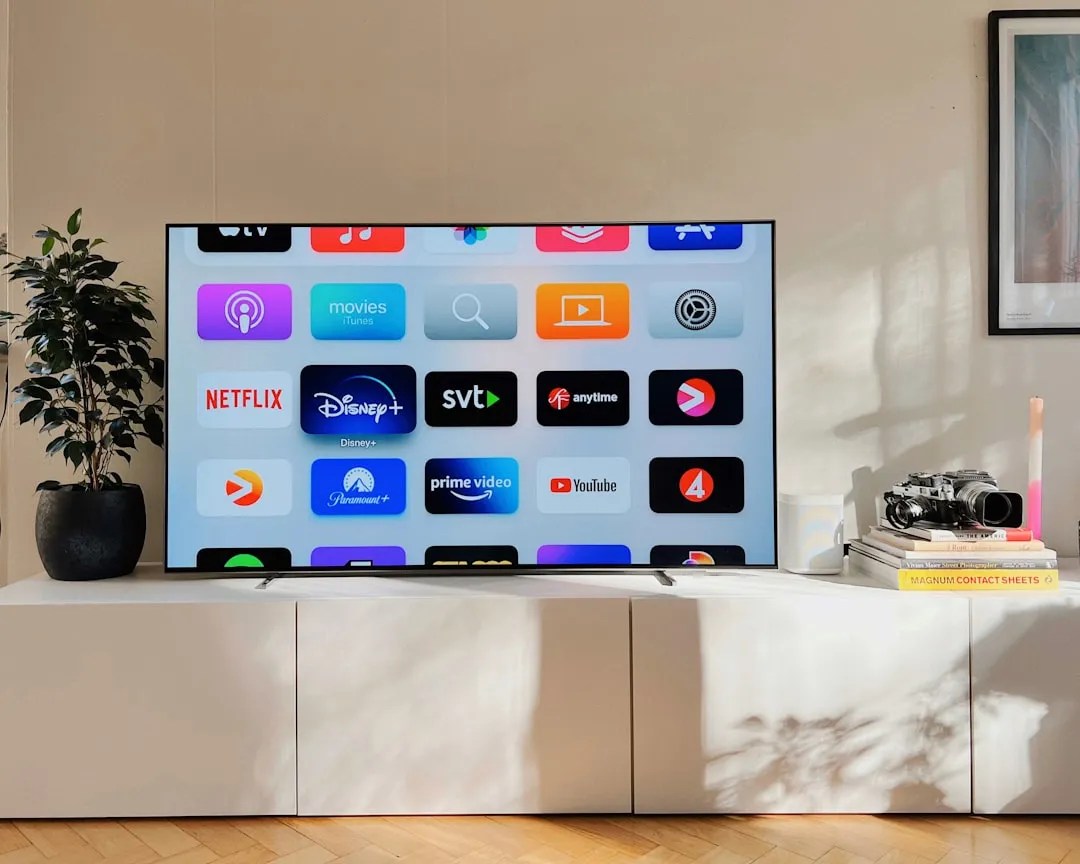

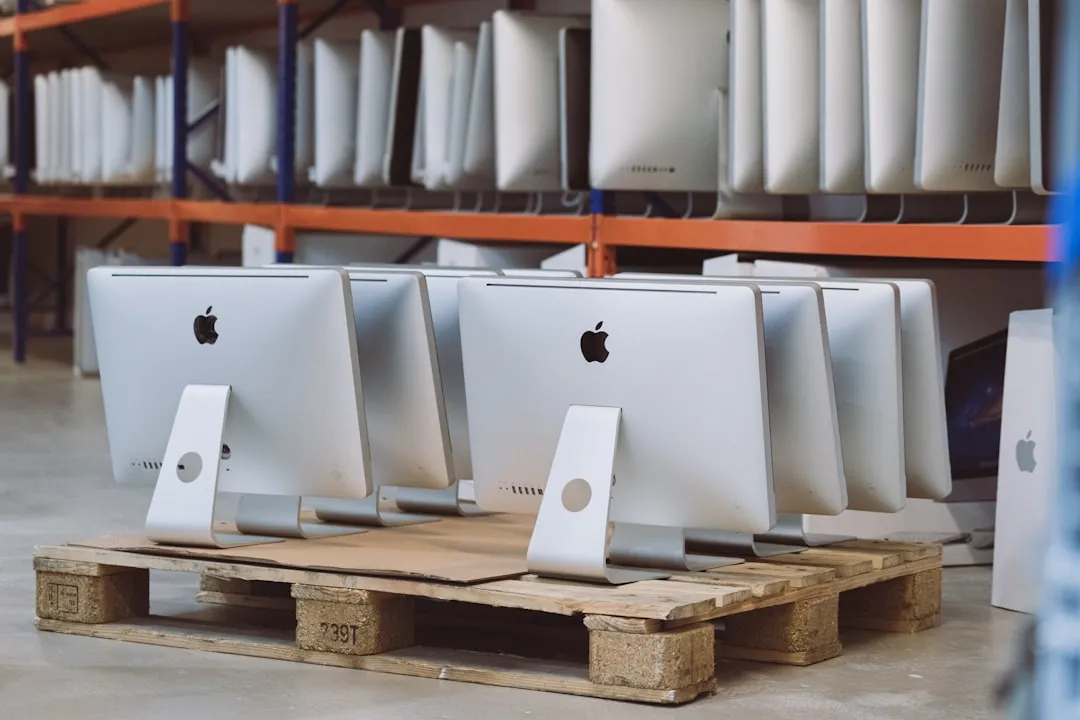
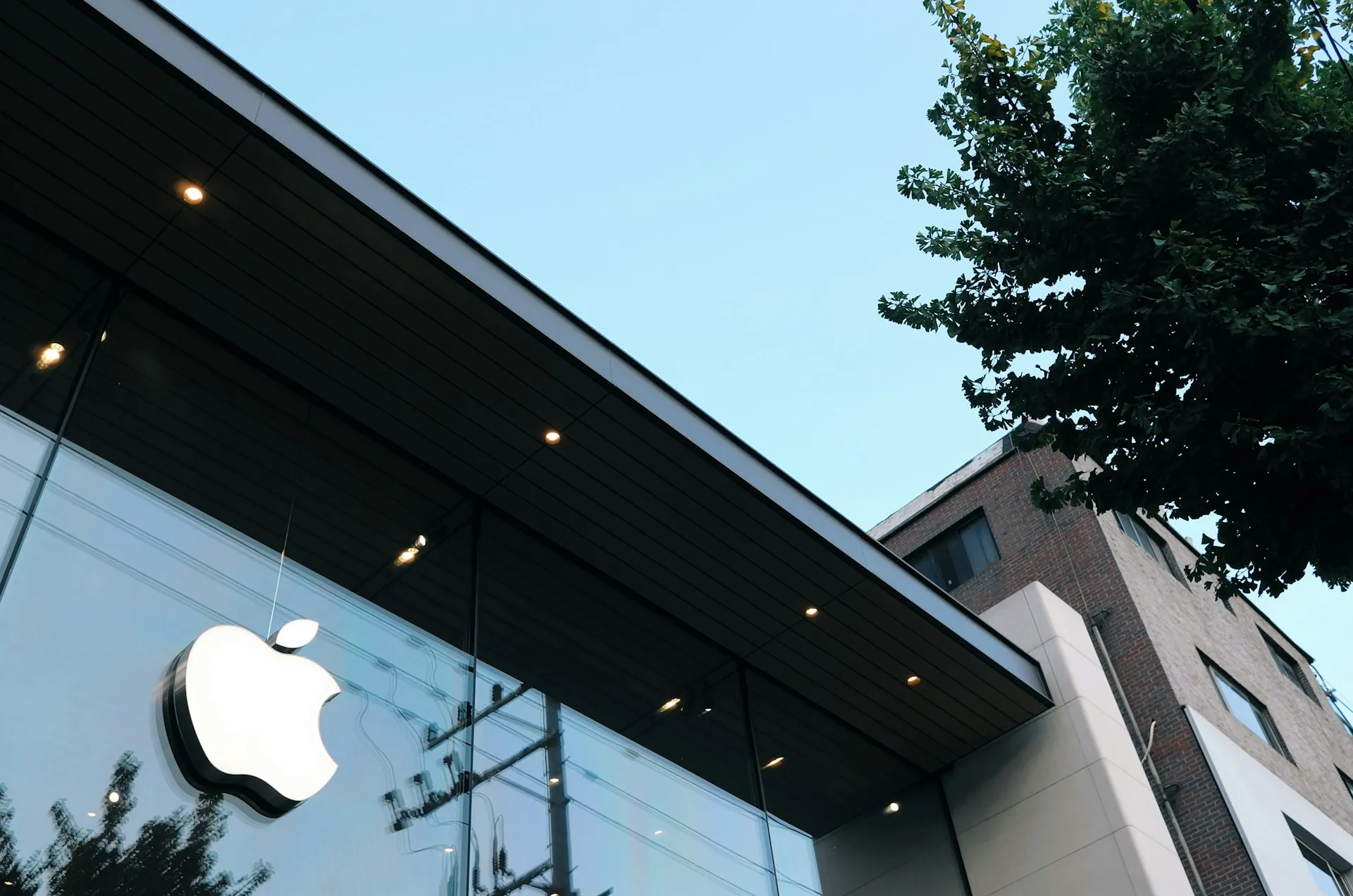

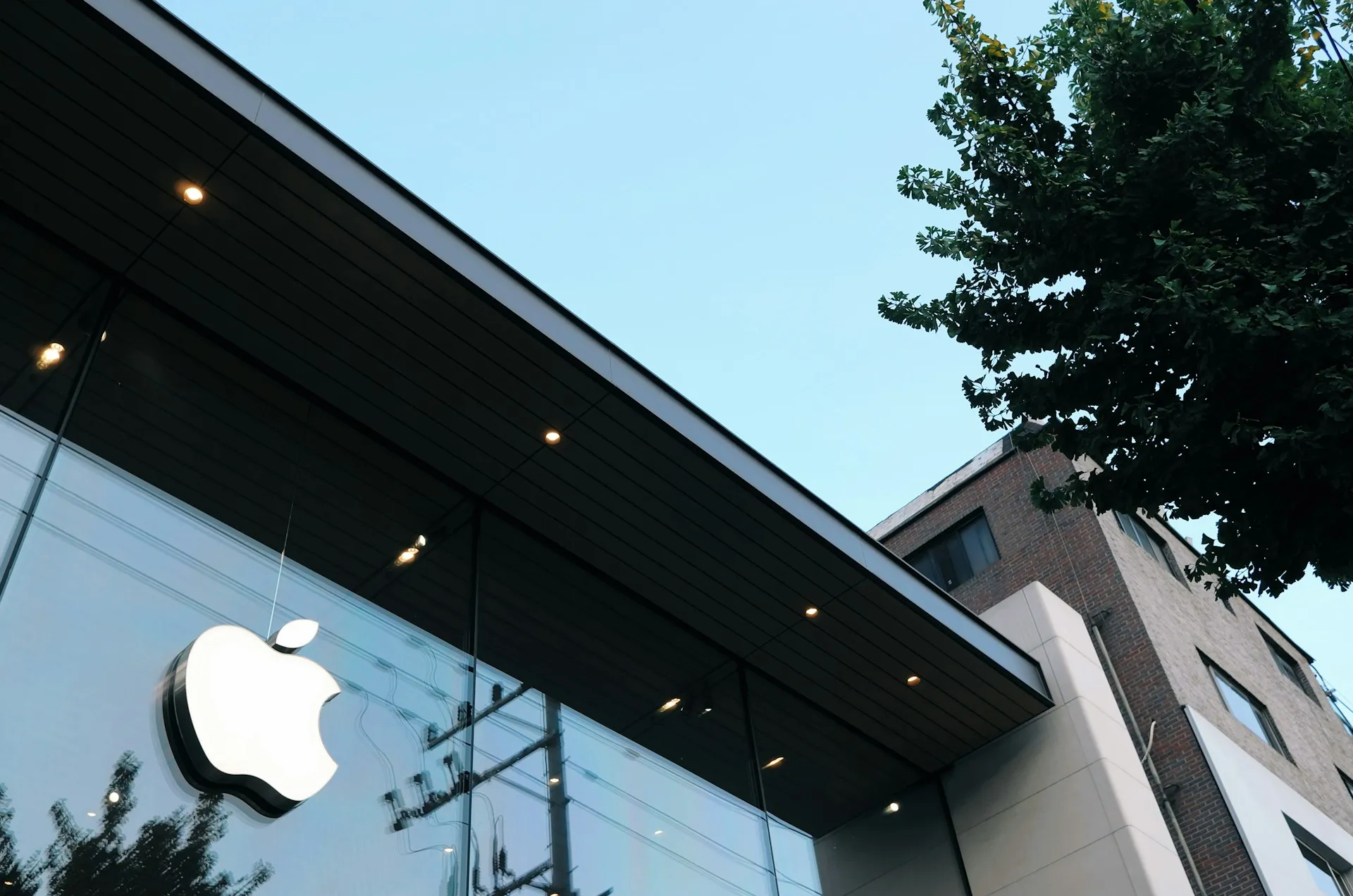

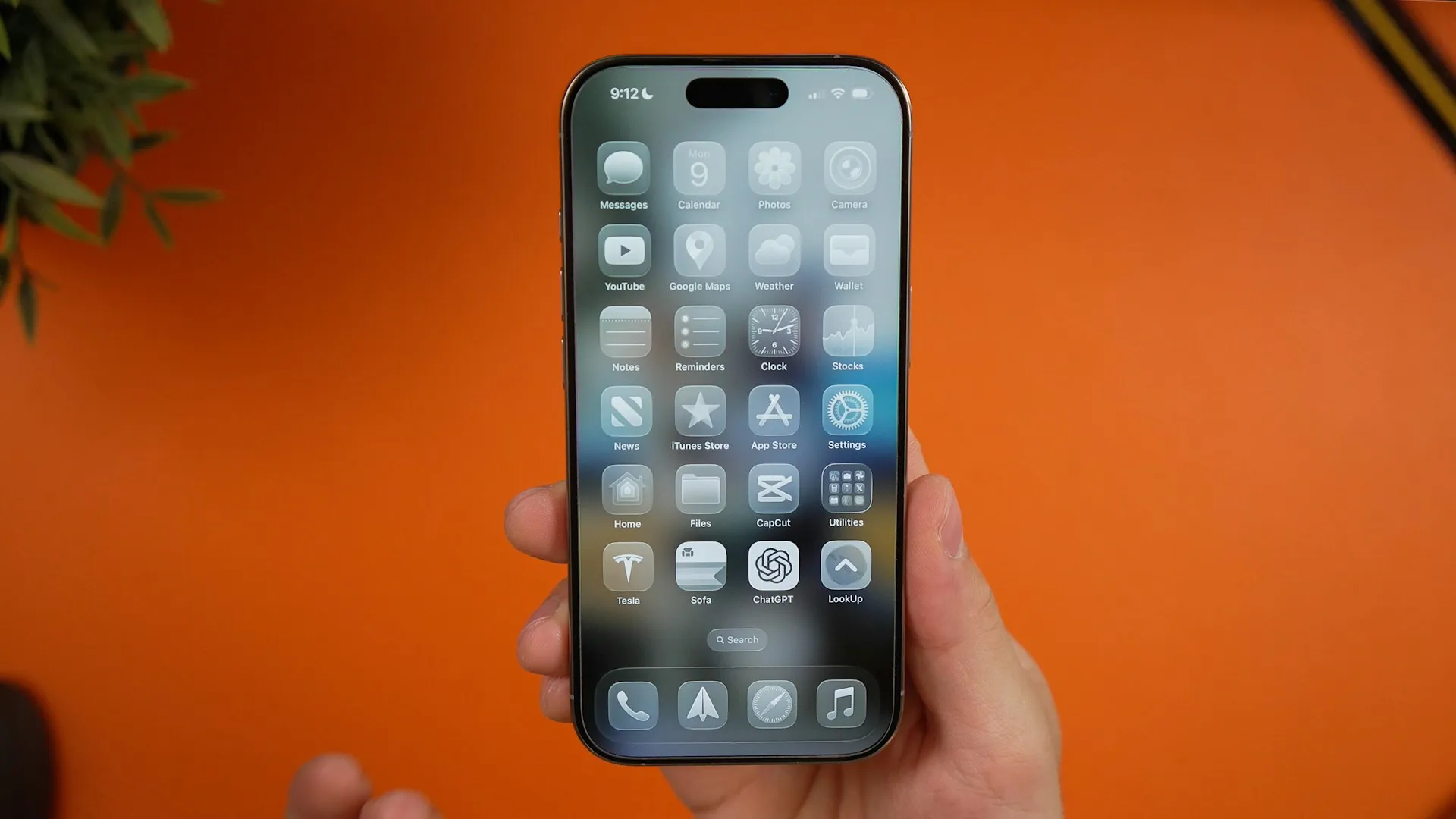



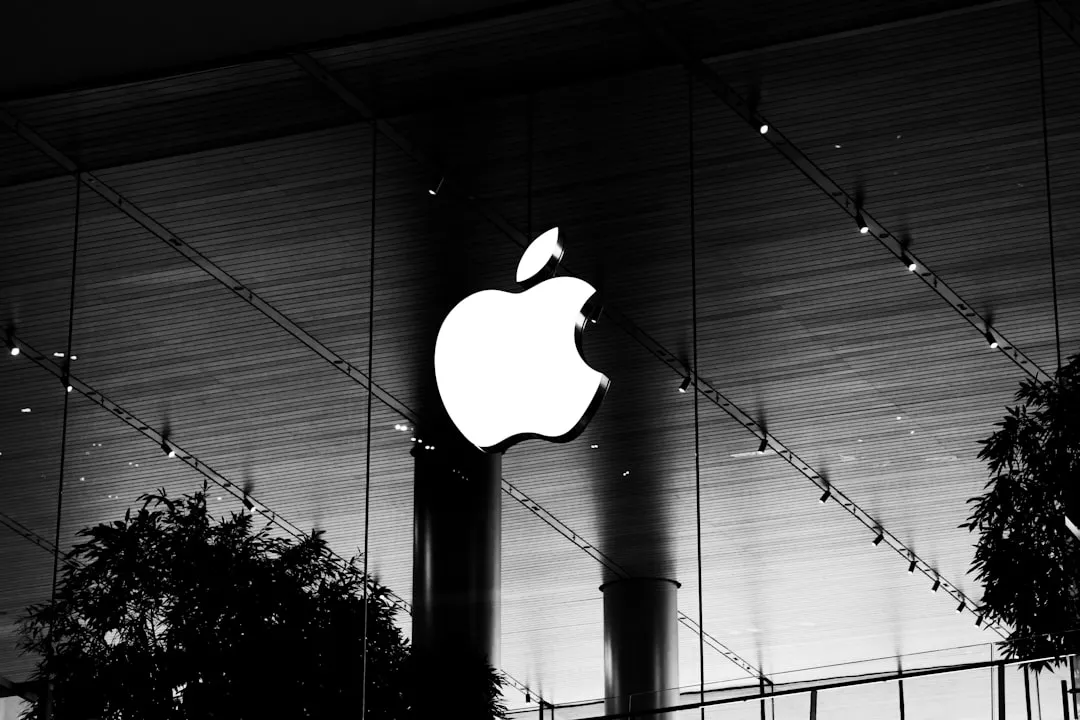

Comments
Be the first, drop a comment!